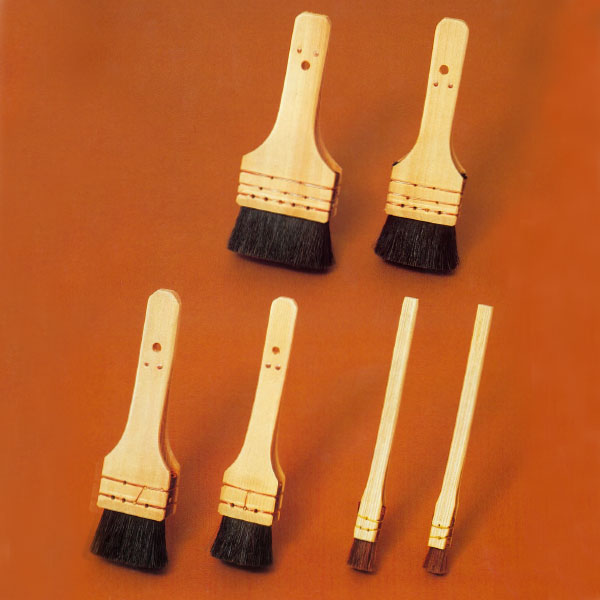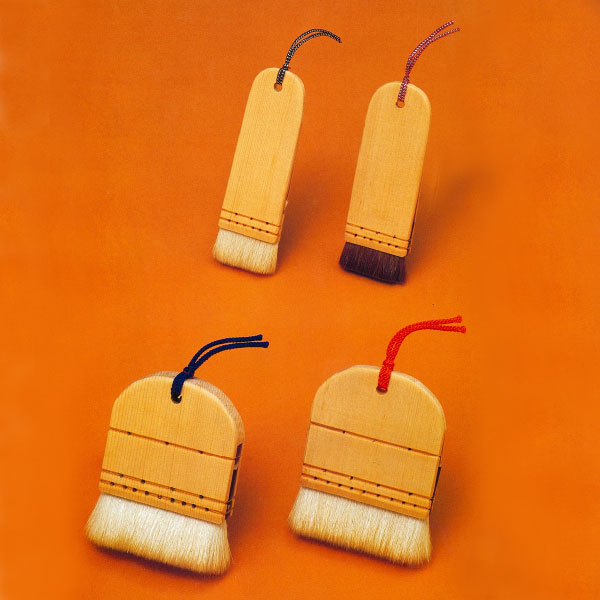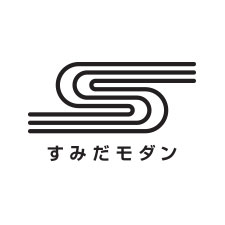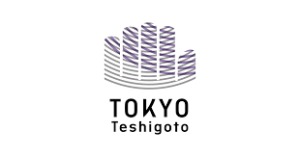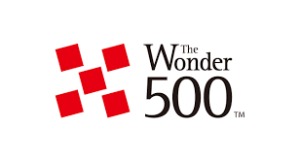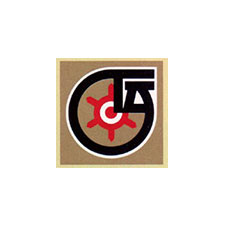EDO BRUSH
History and Origin
Japanese brush, or Hake, has a long history with first records from the “Wamyō Ruijushō,” a document written in 923 AD during the Heian Period, and was made of millet plants to paint lacquer on bow and arrows and bowls. The Oshiroi Hake, or white powder make-up brush, also appears in the "Eiga Monogatari" (A Tale of Flowering Fortunes) written during the Fujiwara Period (894-1185). The "Bankin Sugiwai Bukuro" (document of industrial history, 1732) written during the mid Edo Period shows pictures of different types of brushes. Within the brushes, introduced was a paper-paste brush given the name “Edo Hake.” This is the origin of “Edo Hake.” The soul and techniques used in producing these brushes one by one have been passed down by Edo craftsmen and today, the seven brushes, Kyoji Brush, Senshoku Brush, Ningyo Brush, Urushi Brush, Mokuhan Brush, Oshiroi Brush, and Toso Brush have been designated as traditional crafts by the Tokyo Government.
Traditional Techniques and Methods
1. Kyoji Brush, Senshoku Brush, Ningyo Brush, Mokuhan Brush
① Group the bristle evenly with metal comb.
② Iron and straighten animal fur bristle using rice husk ash.
③ Take out hairs without hair ends and retrorse hair using small knife.
④ Tightly bundle the bristle using wooden press.
2.Urushi Brush
ightly bundle the bristle using lacquer paste.
Traditionally used Materials
1. The bristle is made of human hair, animal fur, palm tree fiber, or windmill palm.
2. Materials used for the handle are Japanese cypress, bamboo, or something similar.
Types of Edo Hake
①Kyoji Brush
Used to apply paste and support backing of paper on papered doors, scrolls, and folding screens. Often uses horse, deer, or raccoon fur and is necessary to have even layers with a dense bristle. Furs from nearly 20 horses are hand picked to produce one brush.
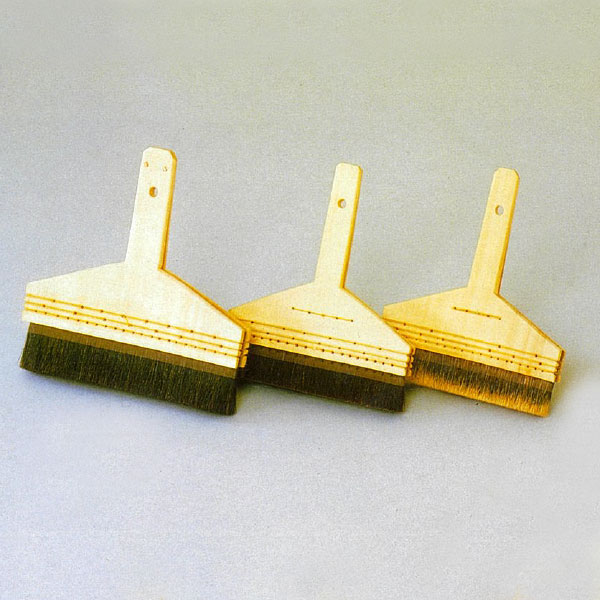
Nori Brush
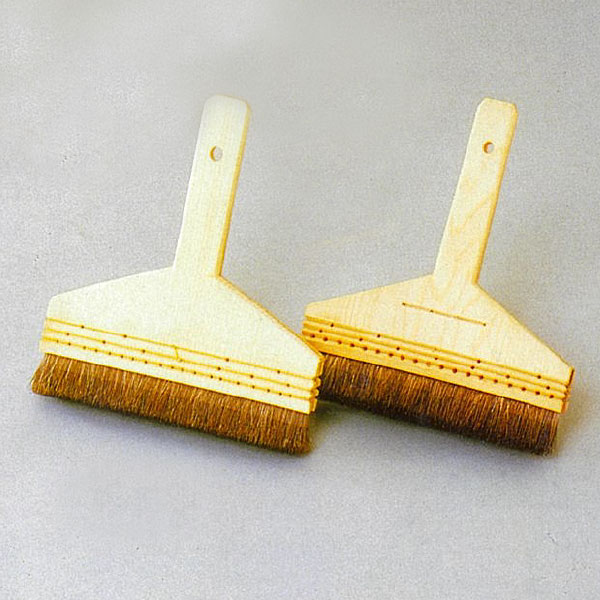
Mizu Brush
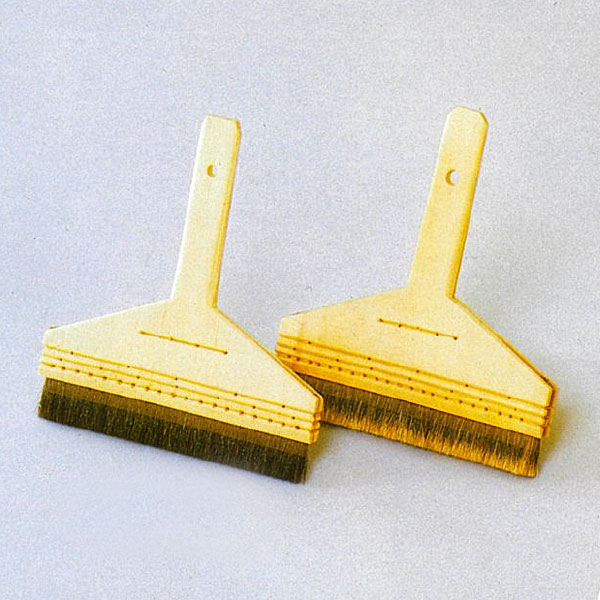
Kiritsugi Brush
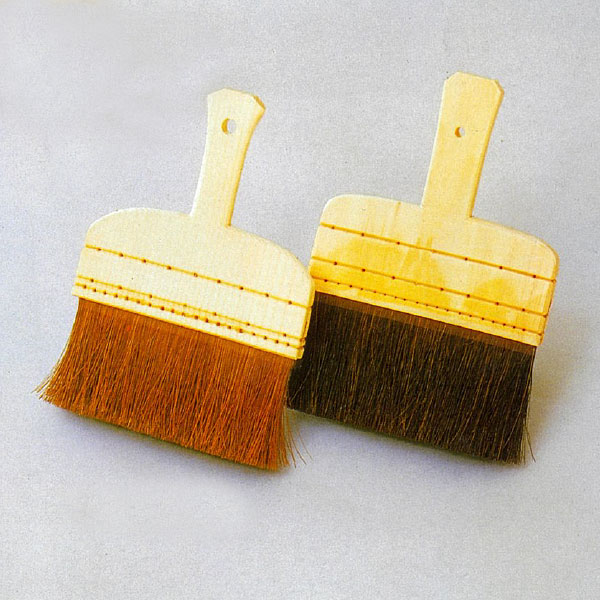
Shuronade Brush
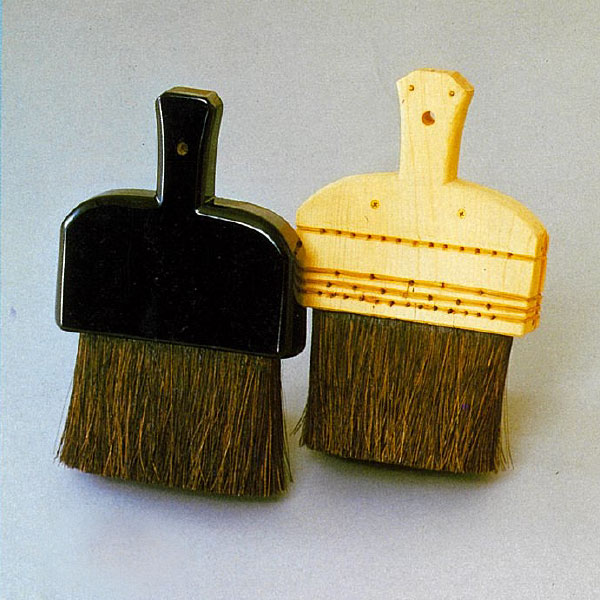
Uchi Brush
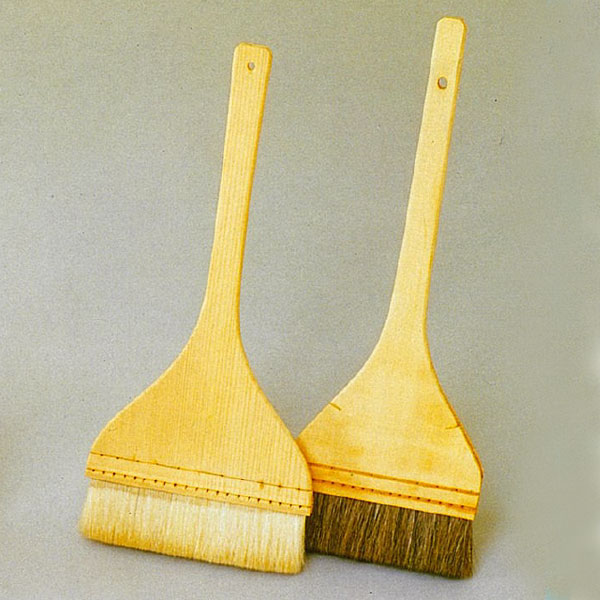
Dosa Brush
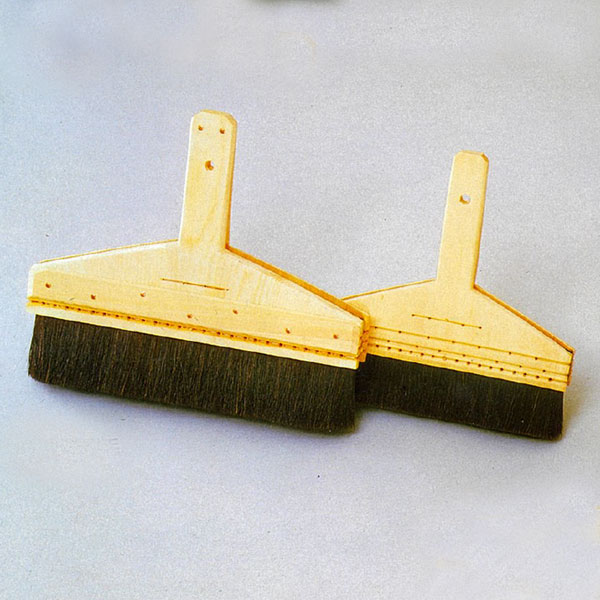
Nakanori Brush
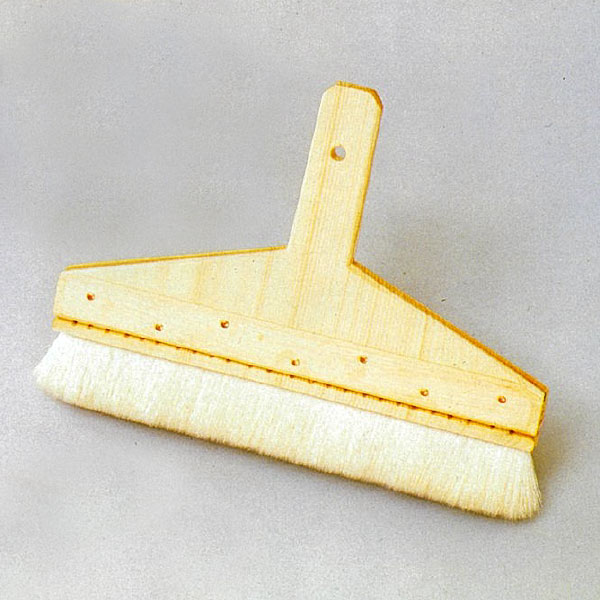
Mizunori Brush
②Senshoku Brush
Two types including Maru Brush used for dyeing silk and cotton, and Hikisome Brush for stretching cloth on tenterhooks and hand drawing. Both types use deer fur for its characteristics of having strong roots with soft hair ends and a hollow pipe-like form for the dye to sink in.
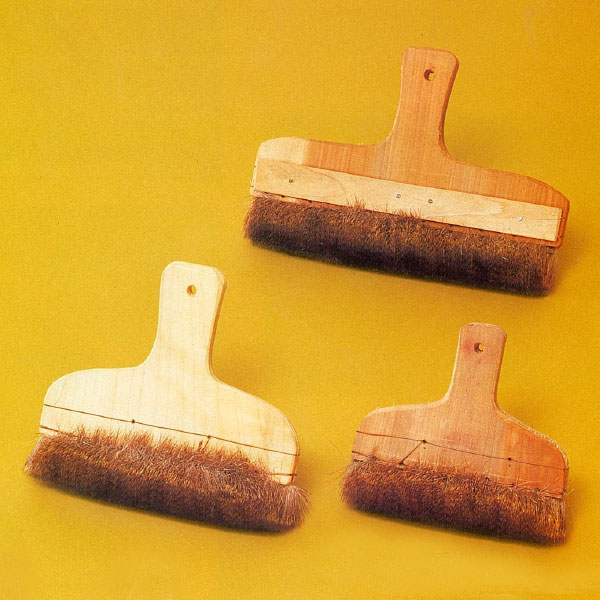
Hikisome Brush
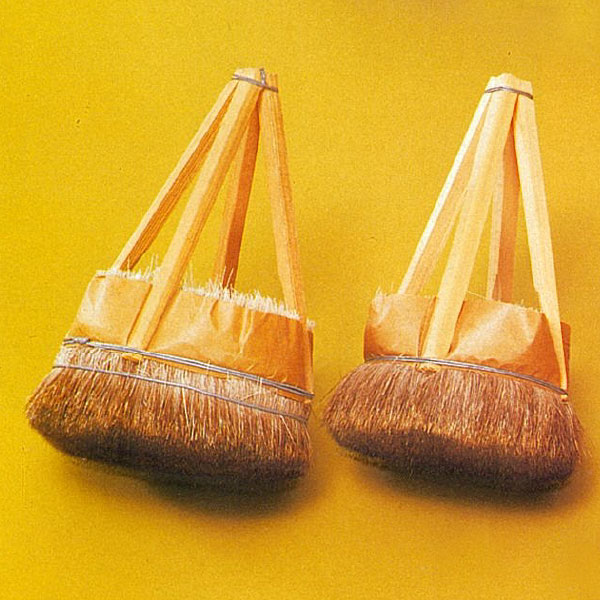
Maru Brush
③ Ningyo Brush
Used for painting white powder for doll heads. The doll heads are either molded using paulownia tree wood powder and starch, or Seto pottery. Base coating once and finish coating four to five times will give the deep shine. The base coat, or Shitanuri brush uses horse tail fur with its strong root and soft hair end characteristic. The finishing coat, or Uwanuri brush uses horse body fur with its characteristic of coming back to its original state.

Uwanuri Brush
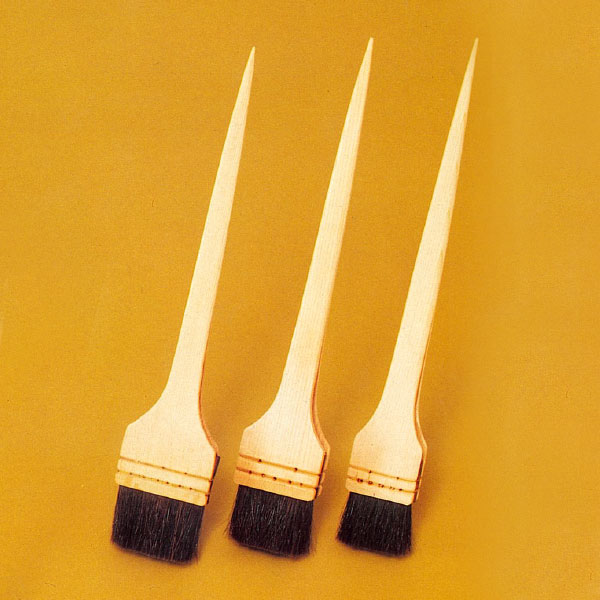
Shitanuri Brush
④Urushi Brush
Necessary for painting Japanese lacquer, this brush does not allow a single dust or unevenness. Human hair limited to long hairs of women dried for over 30 years is used.
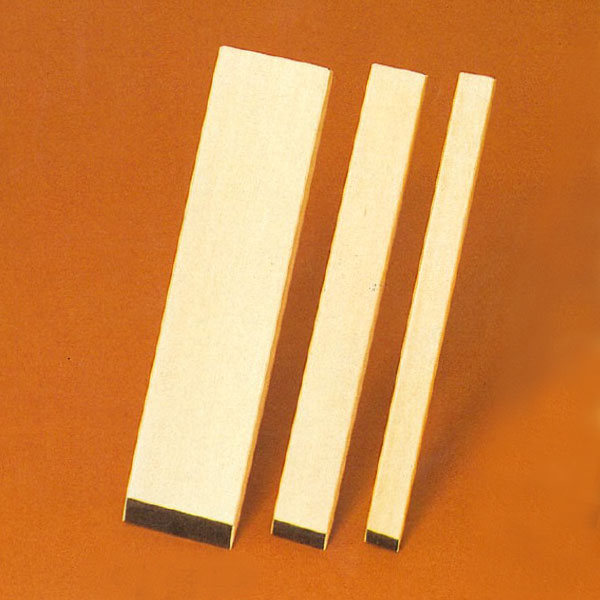
Uwanuri Hontōshi
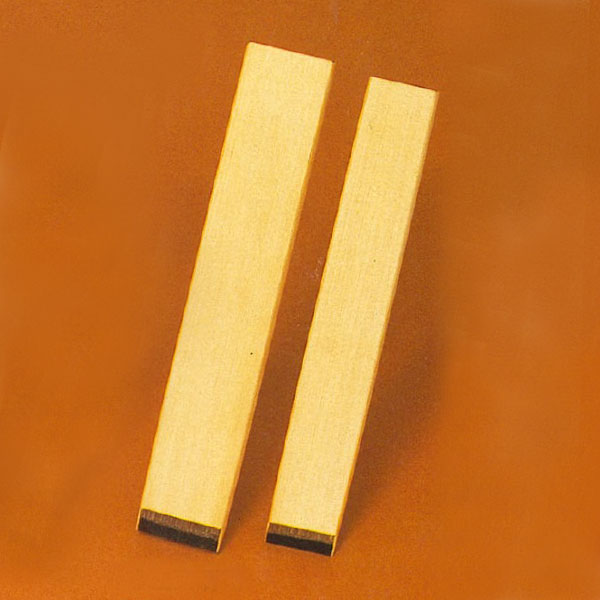
Tatemade Brush
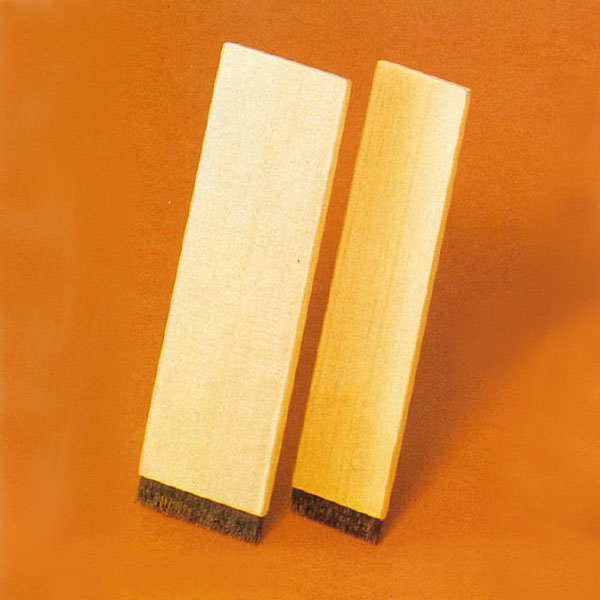
Hakeme Brush
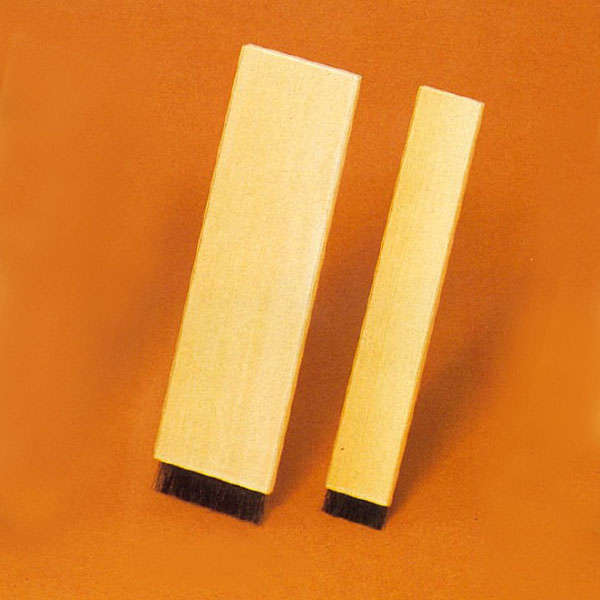
Awakeshi Brush
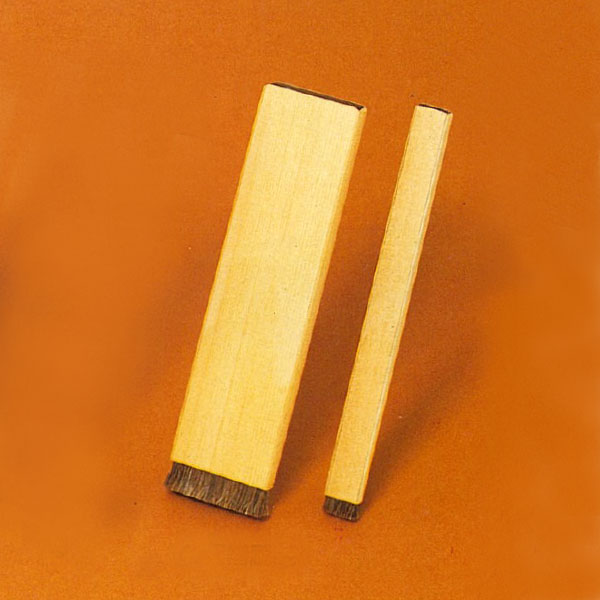
Dōzuri Brush
⑤Mokuhan Brush
Used for applying paint on woodblocks. Thick parts of horse eyebrows are used. The hair ends are rubbed on shark skin for the paint to sink into the bristle better.
⑥Oshiroi Brush
Brush used for actors to apply makeup. It is commonly used for Buyo dance, Kabuki, and Minyo.
⑦Toso Brush
This brush used for oil and water based paints and varnishes account for nearly 70% of all Edo Hake. Materials used for the bristle include horse tail, mane, body, leg, and sheep fur. Can be used in a variety of situations including painting walls, bridges, and streets. Using traditional methods, new products are being produced to support new paint materials.
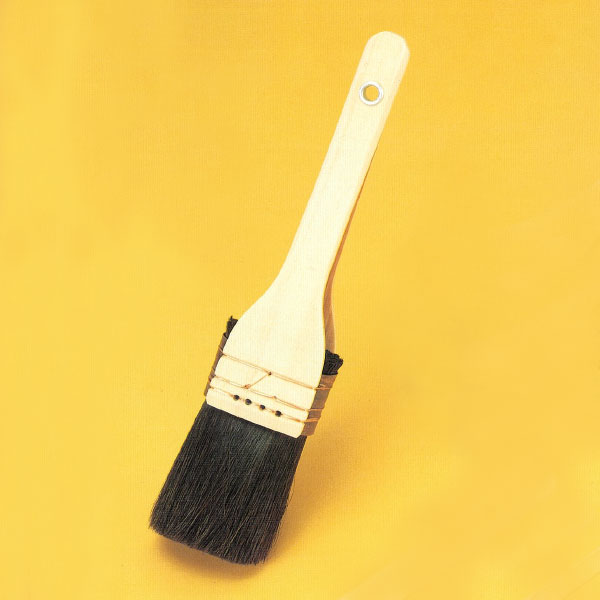
Zundō Brush
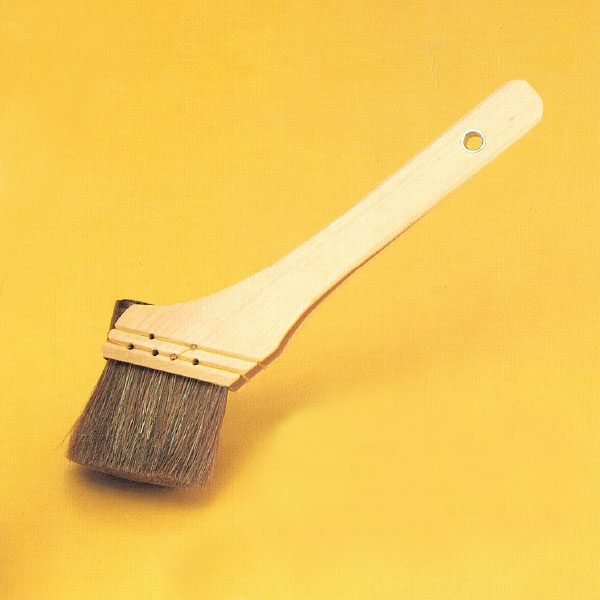
Sujikai Brush




